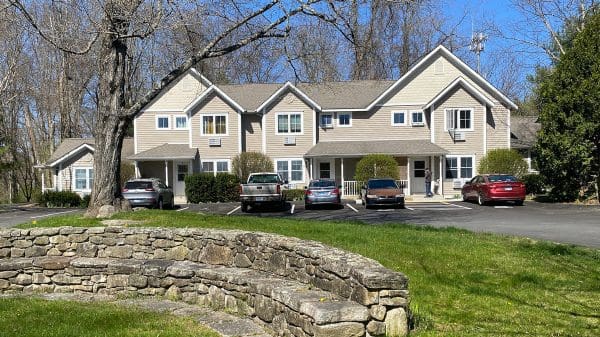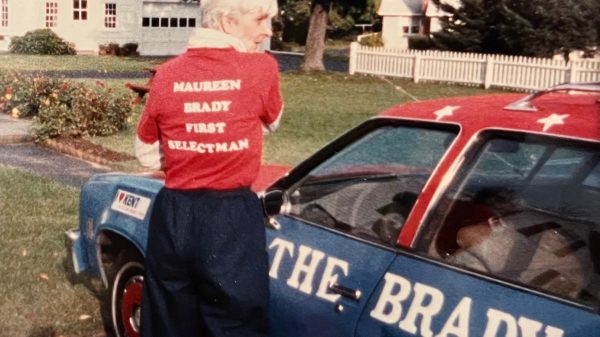KENT—The Broadband and Mobile Communications Working Group Committee, charged with assessing the possibility of bringing broadband service to all sections of town, has released a survey to determine which areas of town are not served or are underserved.
The committee hopes to tap into federal BEAD (Broadband Equity, Access and Development) funds that could help extend service into less densely populated sections of town. But to do so, it must determine what areas of town do not have adequate service.
DEEP representative Nadya Hoolihan told the committee this week that after the state adjudicates the challenges, the data will be passed on to the federal level. Ultimately, those areas deemed unserved or underserved will be eligible for funding to provide standard service.
“The most important thing is, we need people to fill out the survey and we need data on upload and download speeds,” said Lynn Mellis Worthington, chairman of the committee.
The survey was launched last Saturday and by Wednesday, the committee already had 68 responses. Only five or six respondents indicated that they had adequate upload and download speeds.
Unserved is defined as less than 25 Mbps download speeds and 3 Mbps upload speeds. Underserved are speeds not reaching 100 Mbps download/20 Mbps upload.
“We have a good chance to submit challenges to the provider through DEEP, which is dealing with the federal money. They are the ones controlling everything about this program,” Worthington said.
Connecticut has $144 million to enhance broadband in the state. There is additional funding possible through the ConneCTed Communities Grant Program with American Rescue Plan Act (ARPA) funds.
The committee first favored going with the ConneCTed Connecticut program, Worthington said, but that program required that the town find a partner to develop and manage the system. Spectrum is the main provider for Kent, and it was uninterested in partnering with the community.
“We hoped the funding would entice them,” said Worthington, “but they were just not into doing it. So, it is up to us as a town to do challenges, proving that customers are not receiving the service the provider says.”
This requires homeowners to do screen shots of their speed levels three times, on three different days and at different times. The householder also must provide a copy of a bill from the company.
“We have found that we can challenge as a census block if we find six customers from an area that all have the same provider and are not getting the speeds they are paying for,” Worthington said.
Worthington said that there is a lot about the BEAD program that has not been fully explained. “Right now, we are focused on the challenge process,” she said. “The companies have 30 days to rebut the challenges and then a decision will be made.”
About a dozen homes have been identified as having no service and the worst service appears to be in the northwestern portion of town.
The deadline for submitting information for the survey is April 20 because the committee wants to have time to reach out to those submitting data.
Click here to take the survey.




























